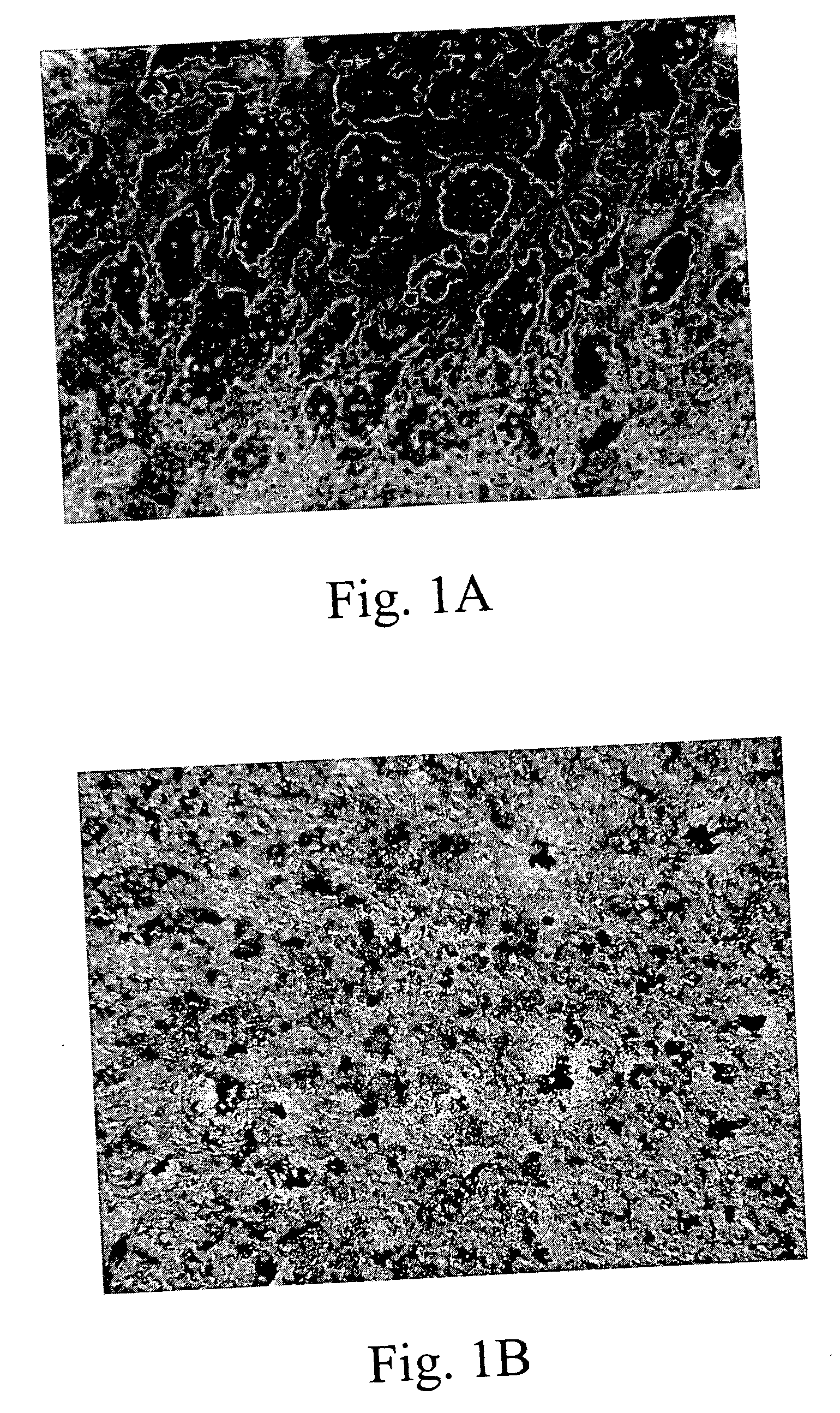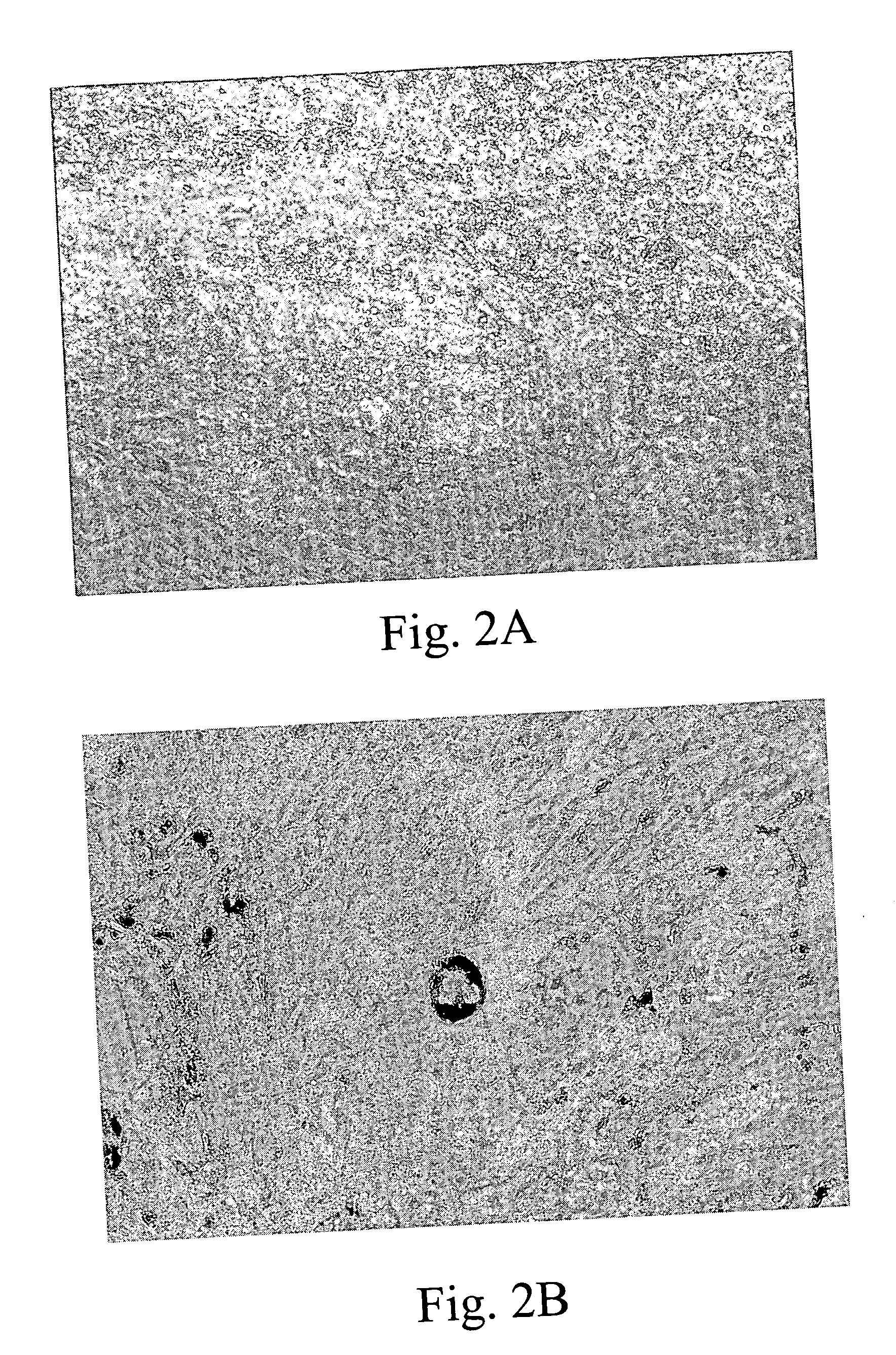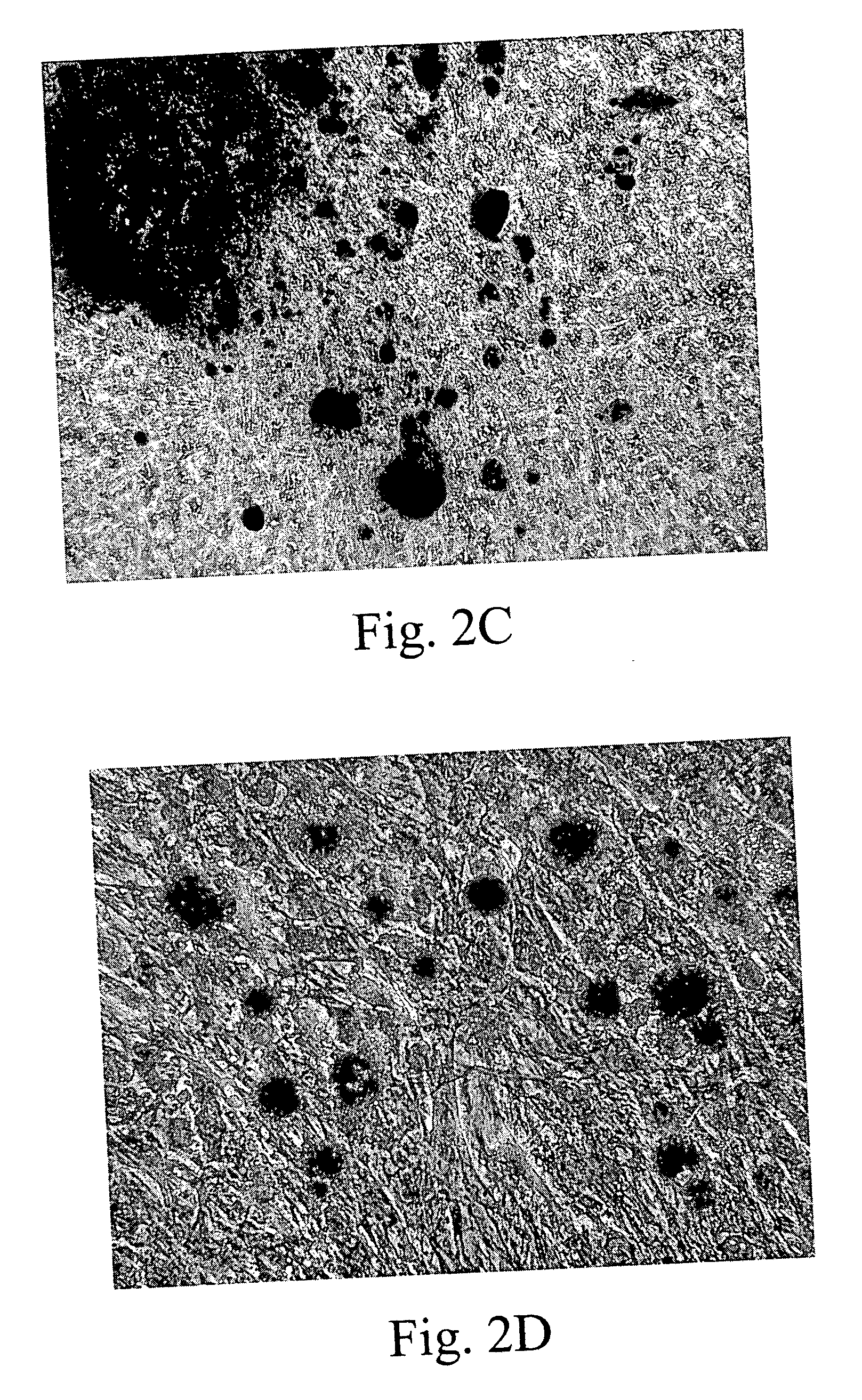Placental stem cell and methods thereof
a stem cell and placental technology, applied in the field of stem cells, can solve the problems of difficult cell culture expansion, difficult to expand the number and the use of embryonic stem cells is controversial
- Summary
- Abstract
- Description
- Claims
- Application Information
AI Technical Summary
Benefits of technology
Problems solved by technology
Method used
Image
Examples
example 1
Isolation and Culture of Placental Stem Cell
[0068] Term (38-40 wk gestation) placentas from healthy donor mothers were obtained by caesarian section or natural birth with informed consent, which permitted the use of the placenta for research purposes according to the procedures approved by the institutional review board. The placentas were carefully dissected and washed several times in phosphate-buffered saline (PBS). The harvested pieces of tissue were further cut into smaller pieces with scissors and enzymatically digested with 0.25% trypsin-EDTA (Gibco) for 10 minutes at 37° C. The cells were pelleted by centrifugation, washed once with PBS, and suspended in DMEM (Gibco) medium supplemented with 10% FBS (Hyclone), 100 U / ml penicillin (Gibco), and 100 g / ml streptomycin (Gibco). Cell cultures were maintained at 37° C. and 5% CO2 and in a water-saturated atmosphere. Medium was replaced twice every week. When the plates became more than 80% confluent, the cells were recovered with ...
example 2
Adipocytic and Osteogenic Differentiation of Placental Stem Cells
[0069] Cells obtained according to Example 1 were cultured either in an adipogenic medium (0.5 mM isobutyl-methylxanthine, 1 μM dexamethasone, 10 μM insulin, and 60 μM indomethacin) (Dennis et al., J. Bone and Mineral Research 14:700-709, 1999) or osteogenic medium (0.11M dexamethasone, 10 mM β-glycerol phosphate and 50 μm ascorbate) (Jaiswal et al., J Cell Biochem. 64:295-312, 1997). The presence of adipocytes was assessed by the cellular accumulation of neutral lipid vacuoles that stained with Oil Red stain (Conget and Minguell, J. Cellular Physiology 181:67-73, 1999). Osteoblastic differentiation was evaluated by calcium accumulation with von Kossa stain (Jaiswal et al., J Cell Biochem. 64:295-312, 1997) or alizarin red stain (Wan et al., Chin. J. Traumatol. 5:374-379, 2002).
[0070]FIG. 1 shows the positive control bone marrow mesenchymal stem cells stained with Oil Red stain to detect adipocytic differentiation (F...
example 3
Chondrogenic Differentiation of Placental Stem Cells
[0071] A chondroblast is a cell that secretes cartilage matrix and becomes a chondrocyte when it is surrounded by matrix. Placental stem cells obtained according to Example 1 above were induced to undergo chondrogenic differentiation using the micromass culture technique of Barry et al., Experimental Cell Research 269:189-200, 2001 and Zuk et al., Tissue Engineering 7:211-28, 2001. Briefly, approximately 200,000 cells were placed in a 15 ml conical polypropylene tube for 3 to 6 hours in medium containing 10 ng / ml transforming growth factor (TGF)-β1 or TGF-β3 (both from R&D systems), 0.1 mM ascorbic acid-2-phosphate (Sigma), 1×107 M dexamethasone (Sigma), and 1% insulin-transferrin-sodium selenite media supplement (Sigma). The cells were transferred to 24-well plates and further cultured for two to three weeks. The cells were then stained with Alcian Blue (pHI) (Sigma) for proteoglycans, which are found in cartilage and other conne...
PUM
 Login to View More
Login to View More Abstract
Description
Claims
Application Information
 Login to View More
Login to View More - R&D
- Intellectual Property
- Life Sciences
- Materials
- Tech Scout
- Unparalleled Data Quality
- Higher Quality Content
- 60% Fewer Hallucinations
Browse by: Latest US Patents, China's latest patents, Technical Efficacy Thesaurus, Application Domain, Technology Topic, Popular Technical Reports.
© 2025 PatSnap. All rights reserved.Legal|Privacy policy|Modern Slavery Act Transparency Statement|Sitemap|About US| Contact US: help@patsnap.com



